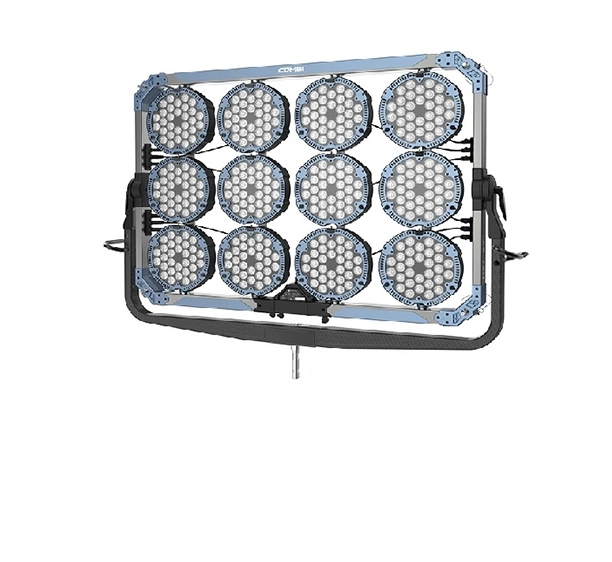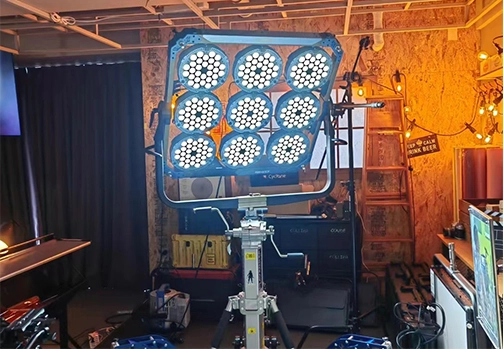As any filmmaker is well aware, lighting stands out as a crucial element in the filmmaking process. It not only sets the mood, enhances the narrative, but also stirs emotions within the audience. Within the realm of motion pictures, lighting transcends its practical role to become an art form in itself. This blog will explore the artistry of motion picture lighting, delving into its significance, techniques for achieving cinematic lighting, and the future prospects of this indispensable aspect of filmmaking.
The Significance of Lighting in Filmmaking
Often likened to the "paintbrush" of the cinematographer, lighting serves as the means to sculpt the visual language of a film. Whether creating a warm and inviting atmosphere or a cold and eerie one, the right lighting profoundly influences how a scene is perceived. It has the ability to emphasize crucial elements, generate depth, and imbue dimensions. Without proper lighting, a film risks falling flat, losing its impact on the audience.
Techniques for Achieving Cinematic Lighting
Achieving cinematic lighting requires a delicate balance between technical expertise and creative intuition. Cinematographers employ various techniques to craft visually stunning scenes, including:
Three-Point Lighting: A classic approach involving a key light, fill light, and backlight to evenly illuminate the subject.
High-Key Lighting: Utilizing bright, even lighting to evoke a sense of lightness and joy.
Low-Key Lighting: Embracing deep shadows and high-contrast lighting to instill a sense of mystery and drama.
Rembrandt Lighting: Named after the renowned painter, this technique employs a key light to create a small triangle of light on the subject's cheek.
Motion picture lights, integral to achieving these lighting techniques, provide cinematographers with the essential tools to manifest their creative visions.
The Future of Motion Picture Lights
Advancements in technology parallel the evolution of motion picture lights. The rise of LED lights, prized for their energy efficiency and versatility, is testament to this progression. Moreover, ongoing developments introduce new lighting solutions tailored to the ever-changing needs of filmmakers.
A noteworthy advancement is the integration of RGB LED lights. This innovation empowers cinematographers to harness a spectrum of colors with a single light source, fostering creative exploration and enabling experimentation with diverse lighting styles.
In conclusion, motion picture lights stand as an indispensable facet of the filmmaking process. By comprehending the array of available lights, mastering lighting techniques, and staying abreast of the latest developments in lighting technology, cinematographers can craft visually striking and emotionally resonant films. So, the next time you watch a movie, pay attention to the lighting – it's not merely illuminating the scene but enhancing storytelling and breathing life into the filmmaker's vision.
 English
English 日本語
日本語 한국어
한국어 Español
Español italiano
italiano العربية
العربية






